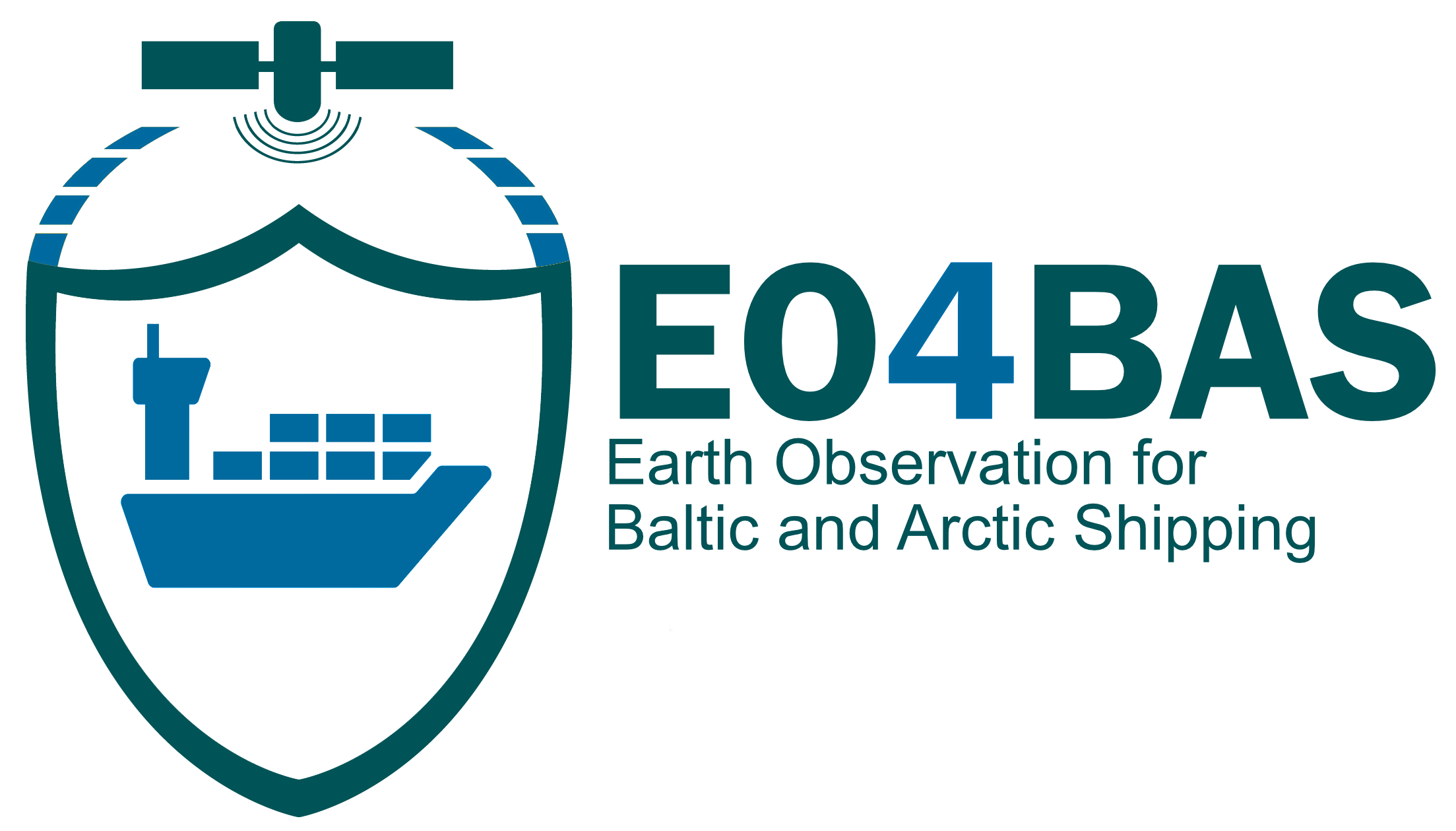EO Products / Detection of Polynyas in Ice
Polynyas areas defined as the extent of open water area surrounded by sea ice.
An example image of the ASP during the winter in a Sentinel-1 SAR image from 5 September 2019. (b–d) An example of an active polynya event taking place on 21–23 September 2020 in Sentinel-1 SAR imagery. Darker ice produced by the ASP can be seen diverting around the Central Grounded Icebergs (and some fast pack ice) after ice became stuck and obstructed outflow along the coast. The area corresponds to the dashed green box in panel (a). (e–g) Active polynya area (blue) for the same dates and areas as panels (b)–(d), as measured by using a 70 % threshold with SIC data. (h) The elevation of the bed referenced to mean sea level for the same area as panel (a). The bathymetry data are from the MEaSUREs BedMachine version 2 dataset (Morlighem, 2020). Source: https://tc.copernicus.org/articles/17/457/2023/tc-17-457-2023.pdf
Product Description
Coastal polynyas, which can be found year-round near the Arctic coasts, are formed through the action of katabatic winds, which act to drive ice away from a fixed boundary such as a coastline, fast ice, or an ice bridge. It's important to note that while polynyas offer advantages for shipping, their presence and characteristics can change due to various factors, including climate change, weather conditions, and seasonal variations. Therefore, the shipping industry must continuously monitor and adapt to these dynamic conditions to ensure safe and efficient operations in polar regions.
Product Specifications
BUSINESS PROCESS | SO |
DESCRIPTION | Polynyas are areas of open water or thin ice surrounded by sea ice. Polynyas can provide open water routes through sea ice, making navigation more efficient and less risky for ships. This is especially crucial in polar regions where sea ice can be extensive. |
EO INFORMATION | Polygons defining areas of open water or thin ice surrounded by sea ice. |
MAIN PROCESS STEPS | Polynyas detection (as sea ice fraction and leads detection) is based on the identification of open water areas forming near the coast. Polynyas presence can be captured: 1- from maps that depict the concentration of sea ice (SIC). Polynyas are areas of open water within the ice, will appear as regions with lower ice concentration. 2- from thermal data/imagery showing different characteristics than surrounding ice-covered regions 3- from SAR imageries appearing as dark areas due to lower ice concentration 4- from altimeter providing information of ice thickness. Polynyas detection requires calibration using observations of an open ocean location and one which is thought to be 100% ice covered. Considering the extension of the polynya area (larger than leads) thermal data (even though affected by clouds) can be also used, as the polynya signature of open water is considerably warmer than the surrounding sea ice. |
INPUT DATA SOURCE | X-, C- and S-band SAR data; with strong wind cross-polarized bands (as HV in Sentinel-1 SAR EW mode) support HH or VV bands (see limitations); IST (Ice Surface Temperature) from MODIS and other satellites providing thermal bands. |
SPATIAL RESOLUTION AND COVERAGE | Spatial resolution 1-6 km (2 to 5 times lower than the original SAR, as processing requires some sort of data aggregation) and same coverage of the original SAR; around 1 km per pixel for IST products (geometric resolution is depending on the available data, ranging between 20 to 100 meters). |
ACCURACY / CONSTRAINS | No specific constraints: under strong wind the polynya area can be characterized by Langmuir stripes, i.e. along-wind stripes where frazil ice accumulates. |
LIMITATIONS | No specific limitation for SAR based detection; cloud coverage for IST products. The interpretation of data can indeed be challenging, especially when handled by personnel without extensive experience in the field. |
TEMPORAL RESOLUTION | From daily to weekly temporal monitoring. |
FREQUENCY UPDATE | Any time a SAR image is available; daily for IST products |
DELIVERY / OUTPUT FORMAT | NetCDF-3, NetCDF-4, geo-located raster and shape formats |
ACCESSIBILITY | Copernicus Marine Service and Artic hub, IST products from National Snow & Ice Data Center, Colorado, U.S. |


This page has no comments.